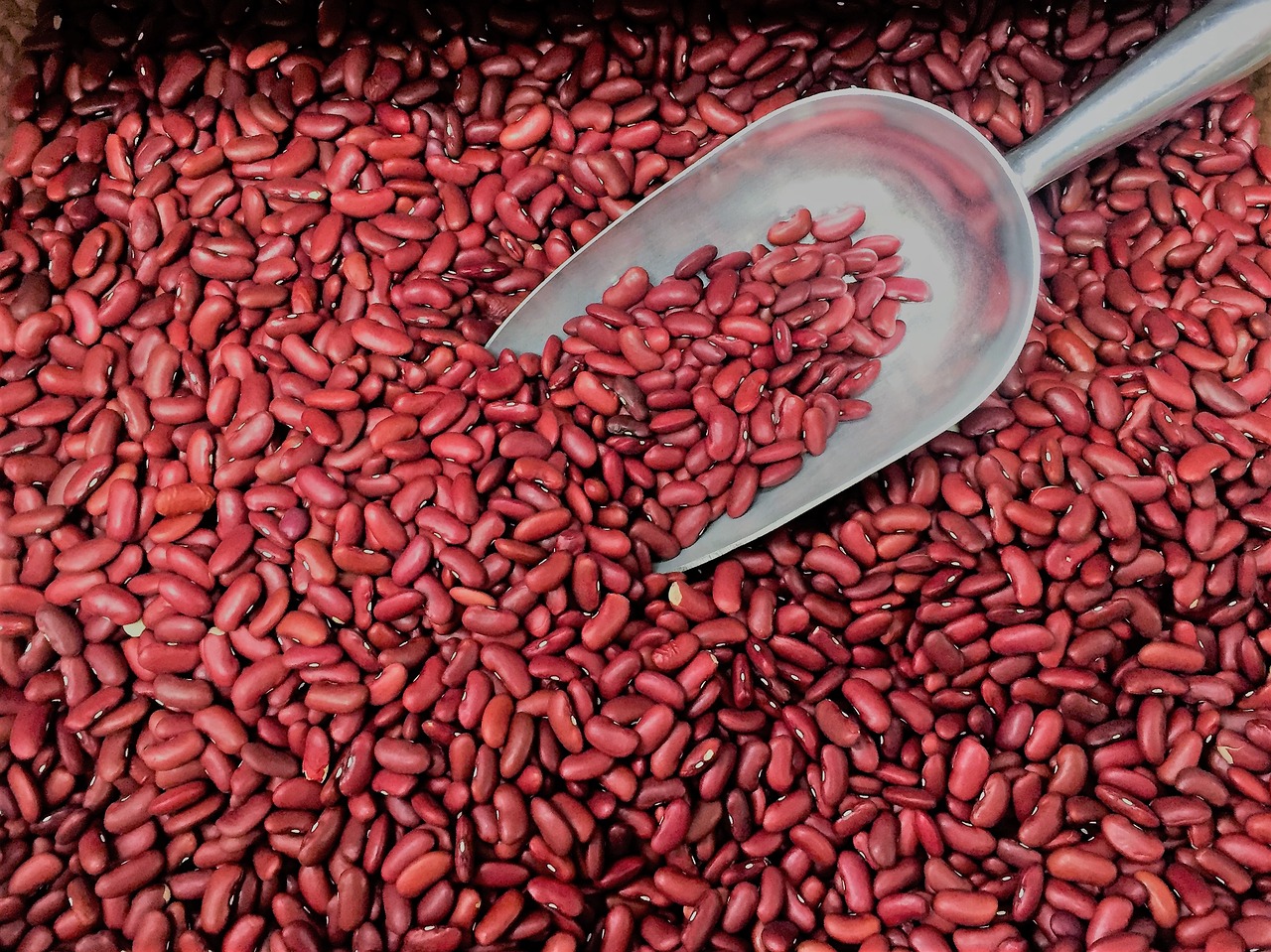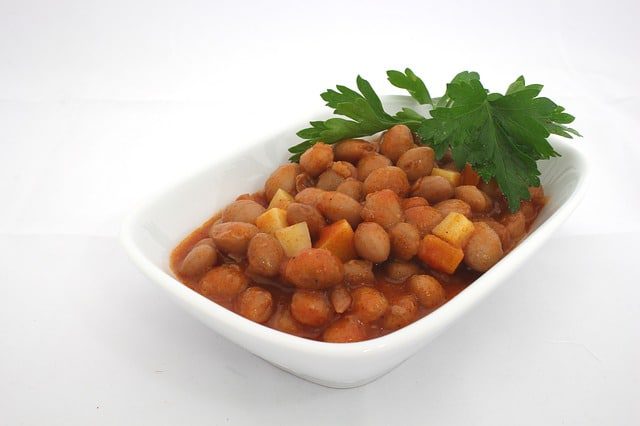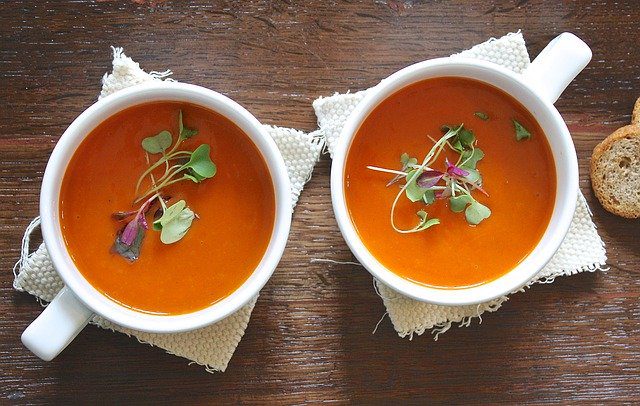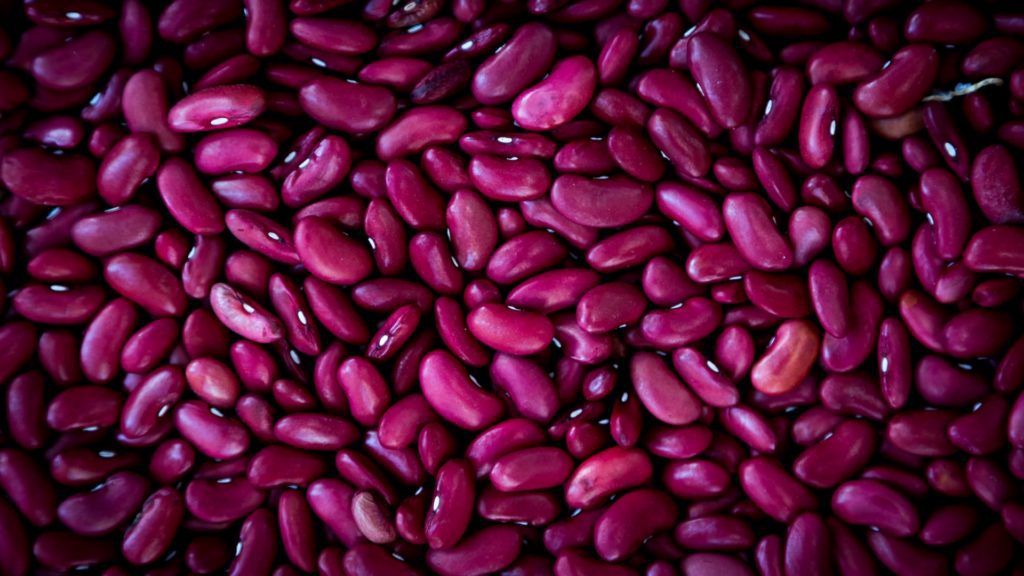Table of Contents
About Rajma Or Kidney Beans
One of the most popular sources of protein and amongst the favorites for lovers of vegetarian North Indian food, Kidney beans or rajma, is a dish that often evokes nostalgia for many Indians. A combination of rajma-chawal is the favorite ‘ghar ka khaana’ for many, and being able to cook it well often translates to superb culinary skills! But there’s more to rajma than we give it credit for. Full of healthy carbohydrates, and other essential nutrients, this kidney-shaped bean (hence the name kidney beans), can add a healthy punch to your diet too. While most would only think of rajma when it comes to conversations around flavor and taste, the fact is, rajma needs special attention even when it comes to discussing its nutritional benefits as well. From the presence of folic acid to helping you with a boost of energy, rajma’s list of amazing health benefits is as robust as its flavors. In this article, we look at the top health benefits of eating rajma, or kidney beans. These reasons should make you include this powerful legume in your diet more often! Also, here’s everything you’d want to know about rajma.
Health Benefits of Eating Rajma (Kidney Beans)
1. Loaded With Protein
One of the best nutritional benefits of kidney beans is that they are a good sources of protein, thus helping with muscle growth and your body’s energy production. A 100g serving of kidney beans also contain around 24g of protein, which is roughly about 1/4th of its weight. Protein, an important macro-nutrient, when ingested, keeps you filled for a longer time and prevents you from over-eating, thus preventing weight loss. If you are looking at a healthy weight loss, then protein-rich foods, including rajma, are for you. Some of the sources of proteins are eggs, pulses, legumes, fish, seeds, nuts, etc. These foods are not only rich in protein, but they also help in keeping you overall healthy.
2. High On Calcium Content
Red kidney beans also contain minerals such as calcium (the building blocks of bones and teeth). Calcium, just like other minerals is removed from the body alongside excess water; however, it is later replaced with the calcium remaining in the bloodstream. If the calcium used for replacement is less than the volume removed, your bones would end up being weak. Thus, a rich-calcium diet can be good for improving your bone’s strength, and cooked kidney beans can be quite an efficient addition to your diet for this purpose.
3. Filled With Resistant Starch
Resistant starch, which is present in a high quantity in foods like red kidney beans, is a form of soluble fiber that is linked with various other health benefits corresponding with its ingestion. Some of these amazing health benefits of kidney beans are reduced appetite, low blood sugar level, and improved insulin sensitivity.
It is one of the major components that you must include in your diet if you are looking at a quick and easy way for weight loss.
4. Provides Energy
Cooked kidney beans are rich sources of iron, which is one of the basic minerals. The consumption of cooked kidney beans helps in replenishing the iron content in your bloodstream, which is usually lower after the removal of excess water from your body.
Iron is an important nutrient that is present in your blood and is important for the production of hemoglobin that is used for the transfer of oxygen throughout your body. Thus, a deficiency of iron can cause an inadequate supply of oxygen to your organs, which can further reduce the energy flowing throughout the system, making you feel dizzy and nauseous. In extreme cases, this could also lead to anemia. However, and iron-rich diet, which corresponds with the consumption of foods like red kidney beans, can increase the supply of oxygen, thus making you more alert and active.
5. A Good Source Of Folic Acid
Folic Acid, or vitamin B9, is another one of those beneficial nutrients that are present in kidney beans and contributes to its beneficial nature. The consumption of folic acid is linked with healthy skin, and may also delay the effects of aging such as wrinkles and dullness.

Though it might not be the only nutrient that works in improving hemoglobin levels, it does play a crucial role in the production and replication of red blood cells in our bloodstream. Thus, a sufficient intake of folic acid-rich kidney beans or black beans can prevent diseases like anemia.
6. Treating Arthritis
The addition of cooked kidney beans in your diet can be an important factor for the increase of copper in your body, as kidney beans are quite rich in it. It is evident that arthritis is caused due to the inflammation of joints, which could be the result of a copper-deficient system, amongst other reasons. Being loaded with copper, kidney beans have been proven as a very efficient part of an arthritis treatment diet. Moreover, high copper content is also responsible for acting as an antioxidant and preventing free-radical damage, thus delaying signs of pre-mature aging.
7. Improves Cognitive Functioning
Being rich in vitamin B, red kidney beans also play a vital role in your cognitive functioning by preventing chronic illnesses such as Alzheimer’s. One of the basic functions of vitamin B is to synthesize acetylcholine; a chemical that increases the efficiency of neurotransmitters and reduces the risk of brain-related problems.
8. Improves Digestion
This nutritional health benefit is a surprise, for you might generally associate rajma with bloating and a heavy feeling in the stomach. The fact is, cooked kidney beans contain high protein content and are filled with dietary fiber. Moreover, the fibers present in red kidney beans also act as a probiotic, which, when ingested, would slow down your digestion system and allows the nutrients from the foods to be adequately absorbed by your body. The problem arises when rajma is cooked in lots of spices and oil, making it a heavy dish. Also, because everyone loves rajma so much, there is a general tendency to overeat which essentially ends up leaving you sluggish and lethargic. When prepared with less oil and spices, and consumed in adequate portion-sizes, rajma can, in fact, be a wonderful addition to your weekday meals.
Rajma is a complex carb, which has glycemic index 29, which is low, further making it good for diabetics. The high fiber content and low glycemic content in rajma will eventually slow down the excessive release of sugar, thereby keeping your blood sugar levels in check. So, if you are a diabetic and want to keep your blood sugar levels controlled, add this low glycemic food in your diet.
9. Increased Tissue Growth
Another grateful advantage of vitamin b6, which is present in kidney beans, is its ability to prevent tissue degeneration, a common aging phenomenon. Common symptoms of tissue degeneration include high hair-fall rate and weak eyesight. Thus, to keep them all healthy, vitamin b6 is required, along with other dietary fibers and proteins that are present in cooked kidney beans.
10. An Adversary To Cholesterol Level
The high rise in the level of lipoprotein, or ‘bad’ cholesterol level, is one of the major causes behind bad cardiovascular health. However, the high quantity of soluble fiber found in proteins can help towards reducing the risk of bad cholesterol in your blood. Since soluble fiber is not digested by our stomach, it will enter your intestine and binds with the lipoprotein present over there, further removing them from your body. In fact, over 5 grams of soluble fiber is enough to reducing a risk of bad cholesterol levels (1).
11. May Help Manage Blood Pressure Levels
One of the best things about rajma is that it is a good source of potassium, which is a critical mineral that helps keep your blood pressure level in check. Potassium helps lessen the effects of sodium in your body, which further regulates your blood pressure.
12. Rajma Is A Good Source Of Vitamin B1
Rajma or kidney beans also is a good source of vitamin B1, which helps keep the brain healthy. In fact, vitamin B1 helps in keeping your memory power in check, and further helps in reducing the risk of conditions like Dementia or Alzheimer’s Disease.
13. Rajma Helps Boost The Immune System
One of the many advantages of kidney beans also include boosting the immune system. Kidney beans are a good source of magnesium, iron, manganese, and protein which help keep your immune system in check.
Also Read:
5 Ways To Use Rajma In Your Kitchen.
Nutritional Value Of Kidney Beans | Calories In Rajma
| Nutritional Facts (Amount per 100 grams) | Value |
| Total Fat | 0.8 grams |
| Sodium | 24 mg |
| Potassium | 1,406 mg |
| Total Carbohydrate | 60 grams |
| Dietary Fiber | 25 grams |
| Protein | 24 grams |
| Calories | 333 calories |
Side Effects Associated with the Consumption Of Kidney Beans
Though the side effects associated with the unregulated consumption of kidney beans do not follow up to be a long-list like its health benefits, they should be taken into account as they might cause some serious adverse effects and in turn, might affect the beneficial factor of kidney beans itself.
Some of the most common side effects corresponding with the limitless consumption of kidney seeds are:
1. Weight Gain
Since kidney beans are filled with dietary fiber and are rich in protein, it makes it hard to digest, or in other words, the amount of time taken for its digestion is more as compared to the food items containing small amounts of protein and fiber. Thus, if the intake of kidney beans is more in volume, it could result in you gaining some kilos rather than shedding some.

2. Stomach Related Issues
Once again, these side effects occur due to the high presence of fiber in kidney beans. In the short term, the soluble fiber, which is completely indigestible, might contribute to the beneficial nature of kidney beans by lowering our bad cholesterol levels. However, if ingested in large volumes, soluble fiber can cause diarrhea and stomach pains, which might further result in other gastrointestinal defects.
The other factor that can contribute to the fact that a high intake of kidney beans, which contain soluble fiber can adversely affect your stomach health is that kidney beans are a rich source of hemagglutinin, a protein the causes the red blood cells to stick together, which result in gastric pains and nausea.
How To Eat Kidney Beans?
There are many ways you can bring kidney beans or rajma to use. Of course, rajma chawal is one of the best combinations and nothing can beat that for us Indians. But, if you are looking for a change and want to know other ways of eating rajma, then take a look at this list. You can cook these delicious foods at anytime of the day.
1. Kidney beans kebab or rajma kebab
Turn your favorite beans into delicious snacks. rajma kebabs need a few ingredients like onions, tomatoes, green chilies, peanuts, coriander leaves, lemon, besan and basic spices to make amazing kebabs.
2. Kidney beans salad
If you want to add rajma in your healthy meal, then add it in your salad bowl. Pair rajma with lettuce, corn, salsa, etc. to make a yummy yet nutritional bowl.
3. Soup
You can cook up a hearty soup using kidney beans and add veggies, or corn, tomatoes, black beans, etc. to make it tasty and of course, healthy.
4. Kidney beans burritos
Why not give burritos, which is Mexican dish, an Indian twist? All you need to do is use up rajma filling in your leftover roti. Delicious much?
5. Kidney beans chaat
Looking for a snack? Well, what’s better than a chaat? Mix your boiled rajma with lots of spices and lemon, and enjoy your chaat. We bet this one’s going to give chana chaat a run for its money.
Check out which is the Tastiest Rajma Masala (Ready-To-Eat) here.

Are Kidney Beans Bad?
Even though the list for the benefits of kidney beans consumption is quite long, its limitless consumption can also prove to be adversely linked to our health. It is important to note that before adding any food item to your diet, you must take into account its benefits, as well as its side effects so that you can incorporate them as per your needs.
Before understanding the side-effects of kidney beans, you must understand that your daily consumption of kidney beans must be quite high for them to have any negative impact on your health. Most of the side-effects occur if your average consumption of kidney beans increases to 3 cups per day, which is way more than enough. Remember, if rajma gets a bad name and is called out for being ‘heavy’, it is because of the way we cook and eat it. By itself, when consumed carefully, just 1 cup of kidney beans a few times a week can show significant benefits to your health.
Frequently Asked Questions
Here are some interesting FAQs on Kidney Beans (rajma) :
1. Is rajma rich in protein?
Yes. Rajma or kidney beans are a powerhouse of protein.
2. Is rajma good for the liver?
To some extent yes. Rajma does not cause accumulation of fat which eventually prevents fatty liver.
3. Can rajma be consumed raw after soaking them in water?
No. After soaking them in water, it is best to boil rajma and then consume them in cooked form.
4. What are the side effects of eating kidney beans?
Eating raw or uncooked might be toxic to the body. Also, consuming rajma in large quantities increases the chances of bloating.
5. Are kidney beans good for skin?
Kidney beans are said to be an excellent source of zinc. Regularly intake of rajma may help maintain healthy skin.
Conclusion
In this article we have listed some of the benefits of eating kidney beans. There are multiple recipes you can prepare using kidney beans. These are highly nutritious and filled with protein.


